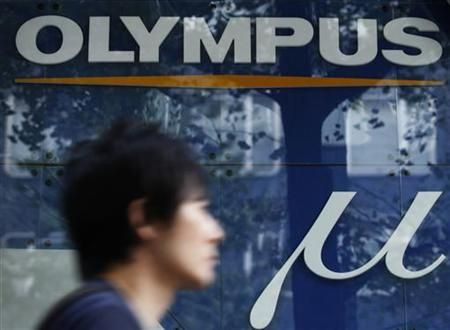Japan's Q3 GDP Rebounds but Headwinds Remain

The Japanese economy came back to life for the first time in four straight quarters, posting a 1.5 percent growth in the July-September quarter. According to data released by the Cabinet Office, the annualized growth of the economy was an impressive 6 percent.
Analysts said the economic rebound owed to the resurgence of exports and a boost in domestic consumption, which had taken heavy battering following the devastating earthquake and tsunami in March.
While consumer spending rose 1 percent quarter-on-quarter, investment rose 0.8 percent and exports surged 6.2 percent.
However, according to analysts, the upbeat figures don't conceal the underlying weakness of the Japanese economy. Japan's GDP had been contracting even before the twin disasters of the quake and tsunami struck, and it is poised to register a low growth rate in the next quarter, according to Julian Jessop, Capital Economics analyst.
According to the latest survey and activity data, Q4 GDP would slow to no more than 0.5 percent quarter-on-quarter, which would mean the level of GDP would still be some 4 percent below the peak seen in Q1 2008, Jessop pointed out in a note to clients.
The economy faces many headwinds, not least the prospect of further yen strength and weakness in equity markets due to the ongoing crisis in Europe, Jessop said.
He cautioned that it may not be too long before Japan slips back into recession again.
... Japan also has major fiscal problems of its own from which the only escape is a long period of austerity. The alternative solutions of growth, inflation and/or default are simply unrealistic: trend growth is less than 1%, deflation is entrenched, and default is particularly unattractive because so much of Japan's debt is owned by domestic investors, Jessop said.
© Copyright IBTimes 2025. All rights reserved.




















